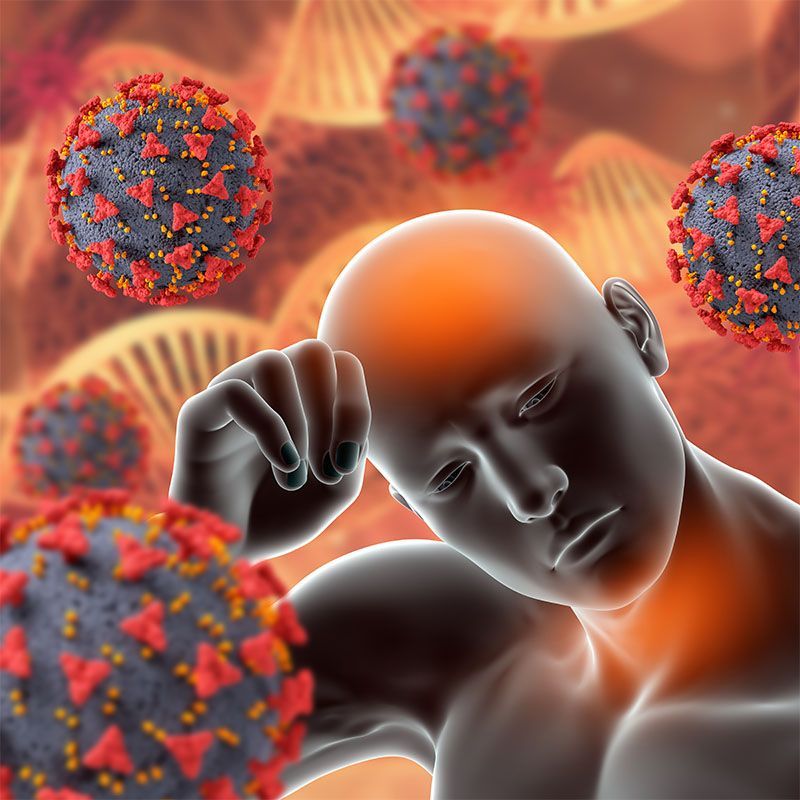DEFINITION OF COVID-19 SYNDROME
Long coronary syndrome
Signs, symptoms, and conditions that persist or develop after initial infection with COVID-19 or SARS-CoV-2 and persist for 4 weeks or more after the initial stage of infection. This may involve multiple organ systems and may appear in a relapsing-remitting pattern, resolving or worsening over time, and may become severe even months or years after infection. Life-threatening events.

SYMPTOMS OF COVID-19 SYNDROME
Symptoms of COVID-19 Syndrome
The most common symptoms of COVID-19 sequelae are:
• Extreme tiredness
• Shortness of breath
• Loss of smell
• Muscle pain
There are many symptoms you may experience if you get COVID-19:
• Memory and concentration problems (brain fog)
• Chest pain or tightness
• Difficulty sleeping
• Palpitations
• Dizziness
• On pins and needles
• joint pain
• Depression and anxiety
• Tinnitus, earache
• Feeling sick
• diarrhea
• stomachache
• Loss of appetite
• High body temperature, cough, headache, sore throat
• Changes in sense of smell or taste and rash
Many people infected with SARS-CoV-2 experience long-term symptoms such as "brain fog," fatigue, and blood clotting problems, while explanations for "long-COVID" include the formation of blood clots, immune imbalance, incomplete viral clearance, and potential Mitochondrial dysfunction. Because worsening mitochondrial function is associated with the initial severity of the disease, a patient's prior health may be an important key to long-term resistance and recovery from COVID-19.
COVID-19 sequelae can therefore be described as a virus-induced state of chronic and self-perpetuating metabolic imbalance, characterized by mitochondrial dysfunction that perpetuates reactive oxides in the body that contribute to inflammation and energy utilization patterns. Transformed to focus on glycolysis.






